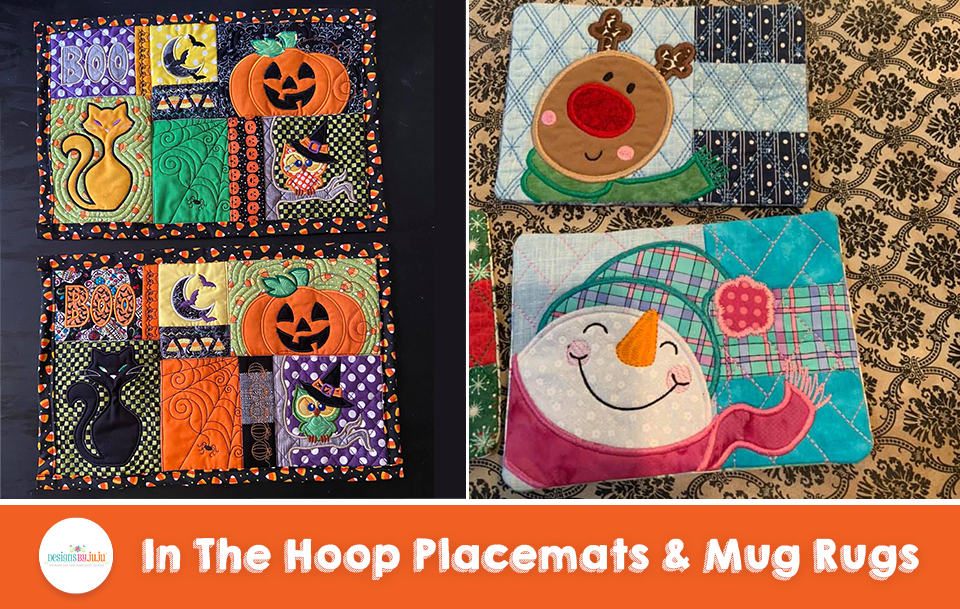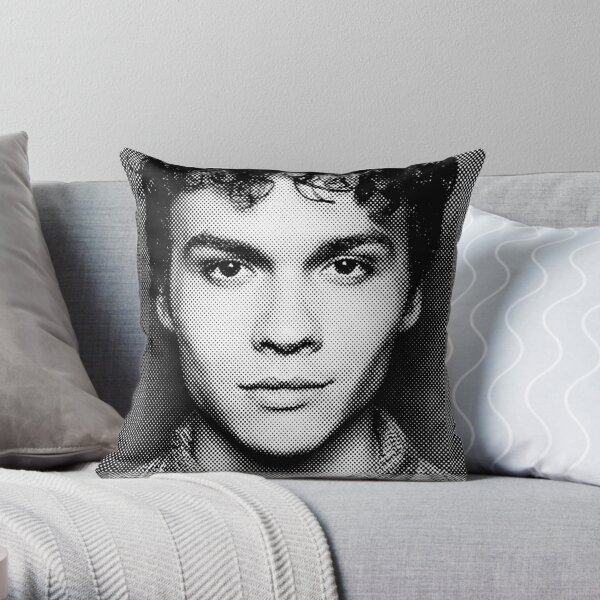The 6-Second Trick For Unique Art
Wiki Article
Getting The Unique Art To Work
Table of ContentsIndicators on Unique Art You Should KnowThe Single Strategy To Use For Unique ArtFascination About Unique ArtSome Known Incorrect Statements About Unique Art
While one may dispute which art kind holds priority, the truth continues to be that each of these seven forms offers an unique home window right into human history, culture, and advancement. They are the tapestries that chronicle our trip, advising us of our past while motivating visions for the future.Great art work tells a story, makes individuals look twice, and creates a special experience that can't be matched. Art and pictures interact all of that via shade, shape and other layout components. Find out how to make your special art work stick out from the crowd.
3 Emil DervishIn this entrance by Emil Dervish that beautiful cobalt blue door takes the program. To bring much more dramatization, he prolonged the paint. to the doorframe and the wall up, finishing in a curved form. The contours, in addition to a round sconce, soften the edges - Unique Art. Frames classic posters and maps of beloved places established the scene.
8 TRIA GIOVANEqual components grand and laidback, this entrance hall created by Anthony Baratta is the perfect blueprint to follow if you're embellishing a formal entry that still really feels unfussy and comfy. Formed textiles take spotlight (see the rugs and the sofa), but they also aid bring the high ceilings to a human scale when hung over wallpaper.
The 45-Second Trick For Unique Art
18 Heidi Caillier DesignA gallery wall doesn't need to take up the whole area. In reality, in some cases a small one can make a larger style declaration. In this living-room, Hiedi Caillier chose for micro-mini frameworks and an arbitrary make-up. Advertisement - Continue Analysis Below19 Stephen Kent JohnsonDesigner Juan Carretero selected a deep eco-friendly paint shade to comparison with the light timber finishes., the expression of ideas and emotions, with the development of specific visual top qualities, in a two-dimensional visual language. The aspects of this languageits forms, lines, colours, tones, and texturesare utilized in various means to generate sensations of quantity, room, activity, and light on a flat surface area. These elements are combined right into meaningful patterns in order to represent genuine or mythological sensations, to interpret a narrative style, or to produce completely abstract aesthetic relationships.
Later the idea of the "fine musician" established in Asia and Renaissance Europe. During the 19th century painters in Western societies started to lose their social position and safe and secure patronage.
Unique Art for Beginners
Others gained an income via visiting exhibitions of their job. The need to appeal to a market had actually changed the comparable (if less impersonal) demands of patronage, and its effect on the art itself was probably similar. Usually, artists in the 20th century might reach a target market just through business galleries and public galleries, although their job may have been periodically reproduced in art regularsFor the pop over to these guys background of paint in old Egypt, see Egyptian art and style. The growth of paint in different areas is treated in a variety of posts: Western painting; African art; Central Asian arts; Chinese painting; Islamic arts; Japanese art; Oriental art; Native American art; Nautical art and architecture; South Asian arts; Southeast Asian arts. For a discussion of the bogus of masterpieces, see forgery. For a conversation of the role of painting and other arts in faith, along with of the use of spiritual signs in art, see spiritual significance and iconography. For details on other arts related to paint, see articles such as drawing; individual art; printmaking. , even when a painting's narrative symbolism is rare.
Don't replicate the style of other artists if you're attempting to find your design. Duplicating other individuals's art work can be great visit in instructional purposes but it will certainly not make you closer to finding your very own one-of-a-kind style. Your imaginative style needs to be, what you such as and what motivates you.

Unique Art - The Facts
You require to attempt great deals of various options and discover every little thing prior to you can concentrate on one specific design or you'll be bored, or even worse, you'll dislike your own design. So I suggest you to try every solitary subject that you want, explore as much as you can. Attempt various mediums that delight you and new methods you've never tried before.With time you'll have the ability to sort every one of them right into your preferred and least favorite classifications. Attempt to focus your focus on the subjects and mediums that you like and before you see it coming you'll have your own personal and special he said design, like nobody else have! So ultimately you'll have a few preferred based on paint and maybe a couple of favorite mediums.

Report this wiki page